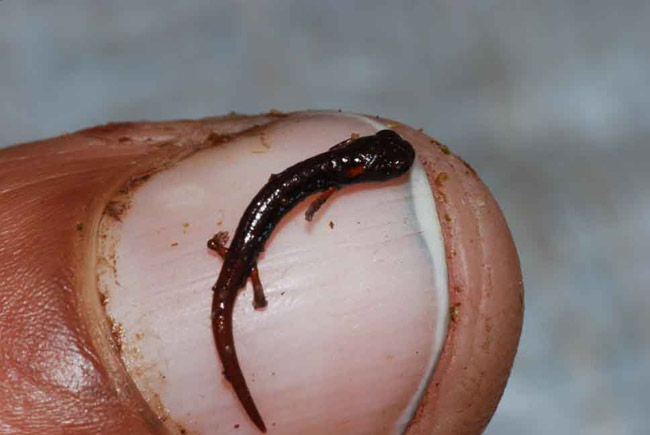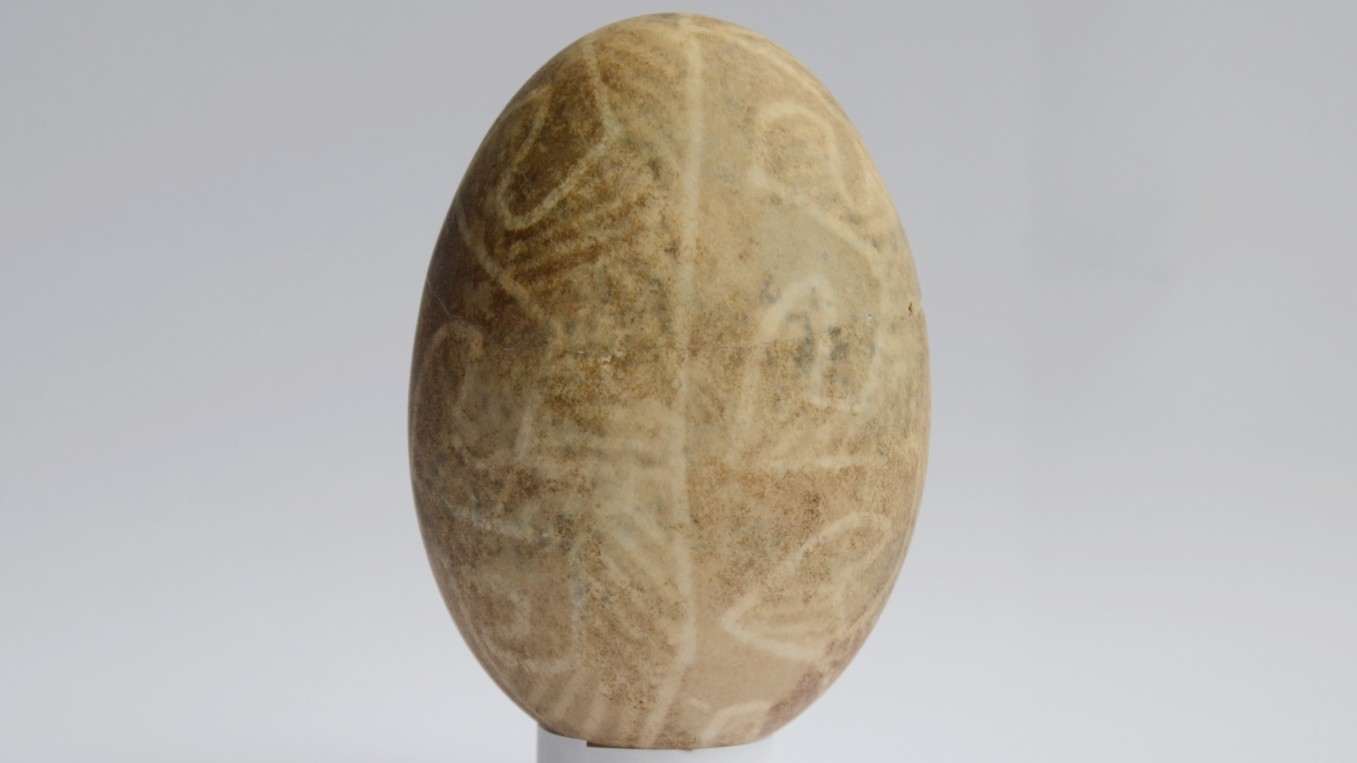New Dwarf Salamander Found in Costa Rica

Two new pinky-sized salamander species and one the size of a fingernail have been discovered crawling around in a remote Costa Rican forest.
The new species, found by botanist Alex Munro of the Natural History Museum, London, and colleagues while on expedition, are among 5,300 plants, insects and amphibians recorded during three explorations of La Amistad National Park on the Costa Rica–Panama border.
La Amistad is the biggest forest reserve in Central America, yet it remains one of the least explored places in the continent. These new discoveries, announced today, increase the number of salamander species in Costa Rica from 40 to 43, making it a center of diversity for these amphibians.
"Finding so many new species in one area is exciting, particularly as this is probably the only place in the world you can find these animals," said Monro, leader of a project to explore La Amistad and record its biodiversity. "It shows we still have a lot to learn about the variety of wildlife in this region. We have four more expeditions planned this year — who knows what we could find when we go back?"
Salamanders are amphibians, not lizards, with slender bodies and short legs, the latter of which they can regenerate if lost. They keep their skin moist, by living near water or swamps.
Two of the new salamanders are from the Bolitoglossa genus and are nocturnal, coming out at night to feed. The first Bolitoglossa species is 3 inches (8 centimeters) long and black, with a bold red stripe down its back and small yellow markings on its side.
The second Bolitoglossa species is 2.3 inches (6 centimeters) long and deep brown with a pale cream underside.
Sign up for the Live Science daily newsletter now
Get the world’s most fascinating discoveries delivered straight to your inbox.
The third salamander is from the Nototriton (dwarf salamander) genus and is a mere 1 inch (3 centimeters) in length, with red-brown coloring and black markings on its side.
The specimens will be studied and named later by scientists at the University of Costa Rica, where they will form part of the national collections.
The expeditions are part of a project funded by the UK government’s Darwin Initiative to provide baseline information to underpin the conservation of La Amistad National Park. The Natural History Museum is working in partnership with Costa Rica’s national biodiversity institute, INBio, the University of Costa Rica, the University of Panama and Panama’s national parks authority.
La Amistad is a UNESCO World Heritage Site and it represents the most remote part of the Talamanca Mountains, mainly due to the treacherous terrain and lack of roads. It has been estimated that two thirds of all Costa Rica’s native species live there, including more than 250 species of reptiles and amphibians, 600 species of birds, 215 species of mammals and 14,000 species of plant.
- Video: Salamander Strut
- Gallery: Amphibian Tree of Life
- Top 10 Useless Limbs and Other Vestigial Organs











